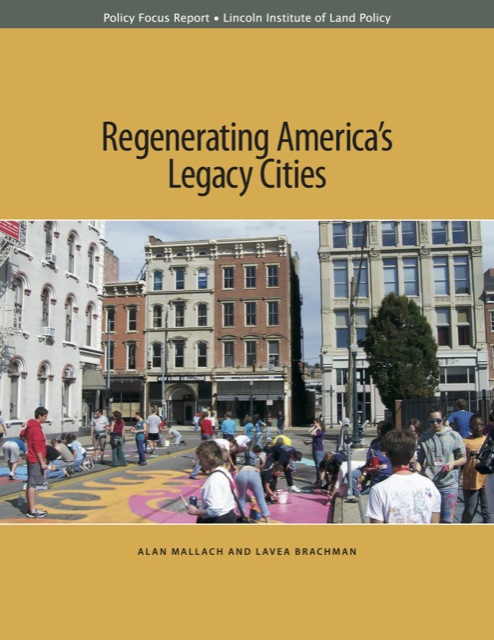The Antiplanner has a rule: anytime someone mentions how wonderful a transit-oriented development is or will be, just Google the name of that development with the words “tax-increment financing.” So, when Atlantic Cities writer Rebecca Burns breathlessly praises the Atlanta BeltLine as a “magical TOD,” I immediately looked it up.
It turns out the development is expected to eventually receive a modest $1.7 billion in tax-increment financed (TIF) subsidies. Total subsidies will be even more: of the $337 million in subsidies to date, only $120 million are from TIF. That’s not magic; that’s crony capitalism. If you want magic, go to Disneyland, which only cost $17 million (not billion) to build in 1955, which is less than $150 million in today’s dollars. (Disney World cost about $331 million in 1973 which, converted to today’s dollars, is in the ballpark of $1.7 billion–but it was virtually all privately financed.)
Regular readers know that the Antiplanner is not fond of TIF. Though public officials like to portray it as “free money,” in fact it takes money from schools, fire, and other property-tax-supported services. At best, TIF doesn’t stimulate development of an urban area; it only influences where that development will take place and what it will look like. If the development would have taken place anyway–perhaps in another location and at lower densities–then the taxes earned by the development would have gone to schools, etc. if there had been no TIF. At worst, TIF actually slows the growth of an urban area by increasing the tax burden or reducing the quality of urban services.











